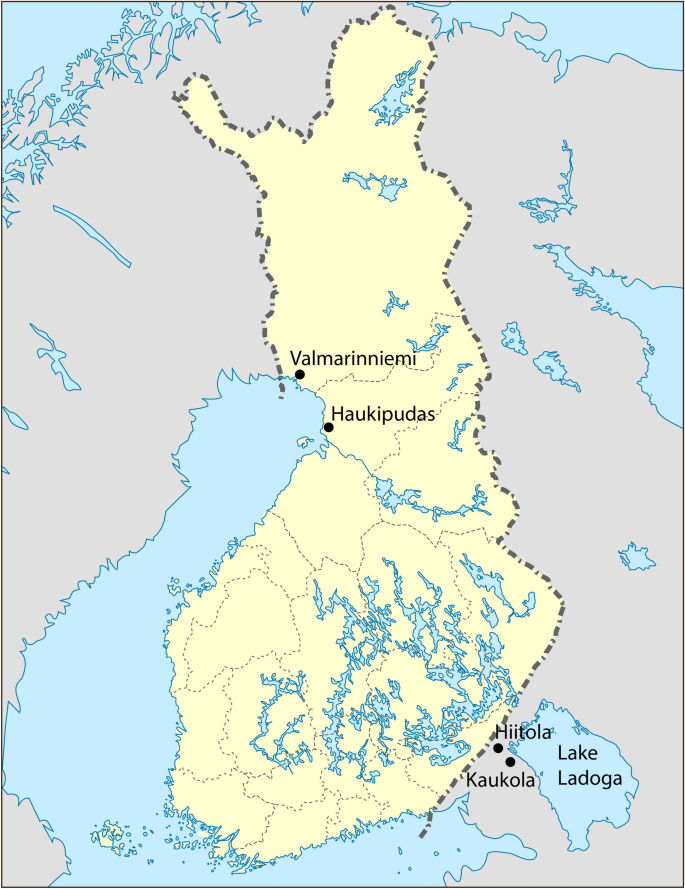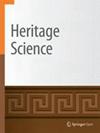微型计算机断层扫描及考古纺织品和棺木的计算机断层扫描成像的优点与局限性
IF 2.6
1区 艺术学
Q2 CHEMISTRY, ANALYTICAL
引用次数: 0
摘要
摘要:我们最近广泛使用计算机断层扫描(CT)成像研究了芬兰北部的考古纺织品。这些纺织品被发现于中世纪晚期的Valmarinniemi教堂和后中世纪的Haukipudas教堂的人葬中。在本文中,我们通过三个案例来讨论CT成像的优点和局限性。根据研究目的和研究项目的大小,我们使用了三种不同的CT扫描仪:临床系统和微纳米级x射线显微镜。我们可以想象一个孩子的棺材和一个娃娃在里面,这是一个更大的样本。我们还能够研究和重建一个片织带的复杂结构,以及在以亚微米分辨率检查较小的纺织品样品时识别单个纤维。尽管我们观察到图像质量的一些局限性,但我们得出结论,计算机断层扫描在3D和横截面考古纺织品的研究中具有巨大的潜力,并且通常比传统的显微镜或其他考古方法更容易和更有信息。本文章由计算机程序翻译,如有差异,请以英文原文为准。

Advantages and limitations of micro-computed tomography and computed tomography imaging of archaeological textiles and coffins
Abstract We have recently studied northern Finnish archaeological textiles extensively using computed tomography (CT) imaging. These textiles have been found in inhumation burials from the Late Medieval church of Valmarinniemi in Keminmaa and the Postmedieval church of Haukipudas. In this article we discuss the advantages and limitations of CT imaging based on three case studies. Based on the research objectives and the size of studied items, we utilised three different CT scanners: clinical systems and micro- and nano-scale X-ray microscopes. We were able to visualise a child’s coffin and a doll inside, which is a larger scale sample. We were also able to study and reconstruct the complicated structure of a tablet-woven band, as well as identifying individual fibres when examining smaller textile samples with submicron resolution. Even though we observed some limitations in the image quality, we conclude that computed tomography has great potential in the research of archaeological textiles in both 3D and cross-sections and is often easier and more informative than conventional microscopic or other archaeological methodologies.
求助全文
通过发布文献求助,成功后即可免费获取论文全文。
去求助
来源期刊

Heritage Science
Arts and Humanities-Conservation
CiteScore
4.00
自引率
20.00%
发文量
183
审稿时长
19 weeks
期刊介绍:
Heritage Science is an open access journal publishing original peer-reviewed research covering:
Understanding of the manufacturing processes, provenances, and environmental contexts of material types, objects, and buildings, of cultural significance including their historical significance.
Understanding and prediction of physico-chemical and biological degradation processes of cultural artefacts, including climate change, and predictive heritage studies.
Development and application of analytical and imaging methods or equipments for non-invasive, non-destructive or portable analysis of artwork and objects of cultural significance to identify component materials, degradation products and deterioration markers.
Development and application of invasive and destructive methods for understanding the provenance of objects of cultural significance.
Development and critical assessment of treatment materials and methods for artwork and objects of cultural significance.
Development and application of statistical methods and algorithms for data analysis to further understanding of culturally significant objects.
Publication of reference and corpus datasets as supplementary information to the statistical and analytical studies above.
Description of novel technologies that can assist in the understanding of cultural heritage.
 求助内容:
求助内容: 应助结果提醒方式:
应助结果提醒方式:


